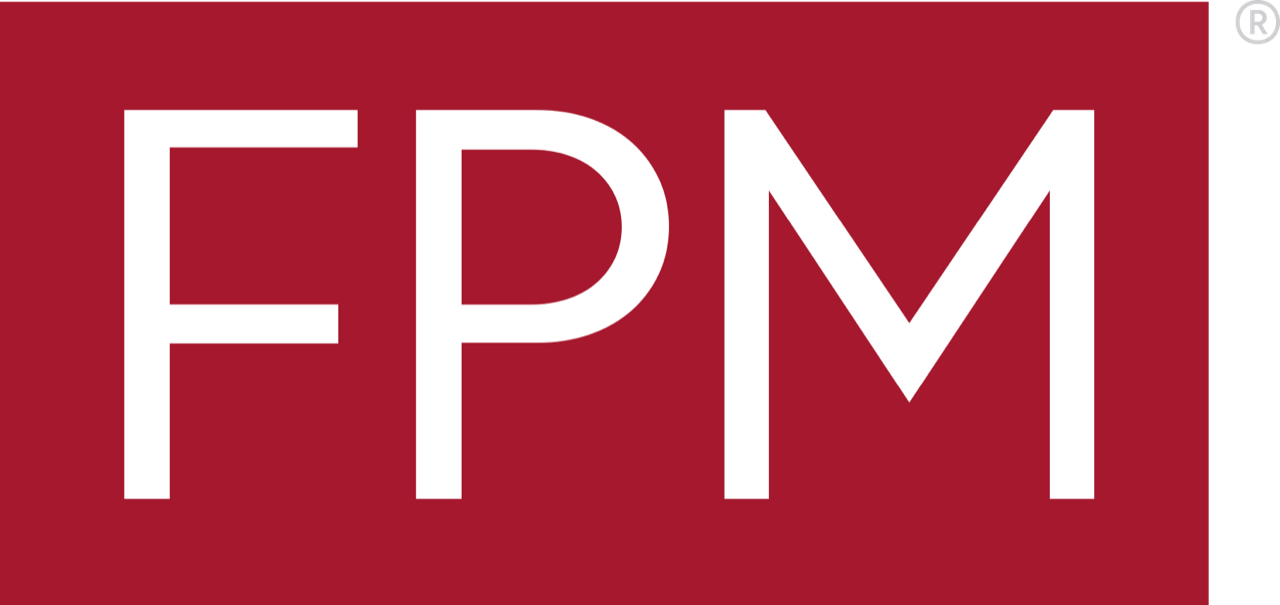
Fam Pract Manag. 2004;11(6):24
Office visit & nebulizer treatment
Admissions on separate dates
Coding a discharge summary
Editor’s note: While this department attempts to provide accurate information and useful advice, third-party payers may not accept the coding and documentation recommended. You should refer to the current CPT and ICD-9 manuals and the Documentation Guidelines for Evaluation and Management Services for the most detailed and up-to-date information.
